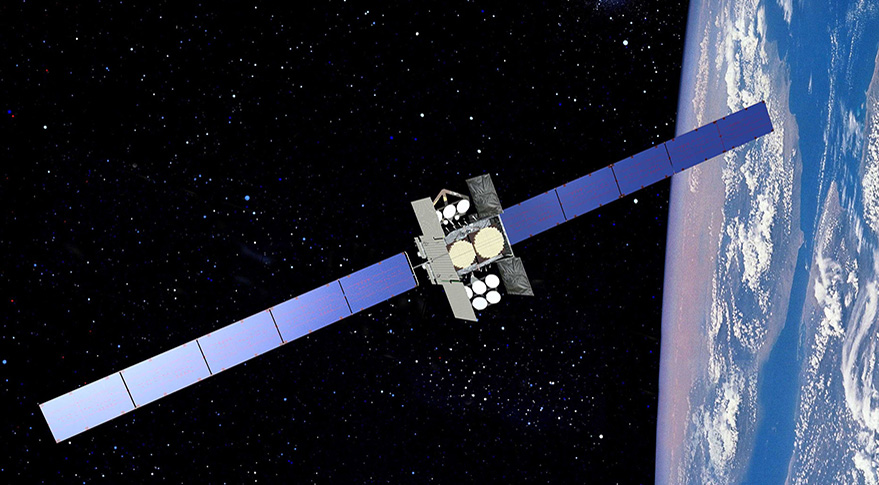This month on the brink of another deadline, Congress passed a $1.3 trillion omnibus spending bill to fund the government for the remainder of fiscal year 2018, including hundreds of billions in critical funding for the U.S. military. As with any 2,322 page bill, some of the most interesting consequences are the ones you haven’t read about yet.
Included in the spending bill was $600 million for two additional Wideband Global Satcom (WGS) satellites badly needed by the U.S. Air Force. The WGS system is the backbone of our military’s global satellite communications, currently providing the vast majority of the global high-data-rate communications capability for marines, soldiers, sailors, airmen, the White House Communication Agency, the U.S. State Department, and some of our key international partners. As you might imagine, secure and dependable satellite communications are vital for the global security missions we demand of our military every day.
WGS satellites provide excellent value for the taxpayer. Boeing and the Air Force have been able to increase capability on each successive WGS, while at the same time reducing the per-satellite cost. WGS satellites also have unique military features that allow it to operate in contested, warfighting environments.
Threats to this capability are persistent, and they continue to grow with each passing year. Demand on the existing system is also increasing. U.S. government needs for secure, high-bandwidth communications have increased every year for the past decade and already there are regions of the world at capacity. As this trend continues, the demands on existing infrastructure will outpace supply by the early 2020s, and our warfighters may not have the communications capacity they need to execute critical missions. This is not a resource where the military can tolerate a gap in capability.
Adding two additional WGS to the system was therefore one of the best and most obvious decisions Congress could have made in terms of supporting our warfighters in the near-term with secure communications capacity and resiliency in the face of threats.
So why isn’t that the end of the story?
There are now representatives of the commercial satellite industry who are crying foul on these WGS funds for our Air Force. Put simply, they don’t want the military to get these WGS additions, in the hopes that starving the system will speed up demand for their next-generation “commercial” solution for the military.
The Defense Department is currently undergoing an analysis to determine the best path forward for providing secure satellite communications for the military in the future – the next generation solution. The commercial satellite industry wants DOD to get out of the business of owning their own satellites and instead contract them to provide these critical capabilities. Adding more WGS satellites now could push that business opportunity a few years into the future.
Commercial satellites may have a role to play in the next system replacing WGS for secure military communications, but new systems introduce risk and uncertainty and a number of important issues will need to be addressed before commercial capabilities can be fully integrated into a broader DOD communications architecture. For example, are current commercial data and cyber hardening practices sufficient? What will the mission planning system for integrated government and commercial use look like? Meanwhile, WGS satellites are proven and available for purchase now, and each new WGS satellite represents a continued advancement in technological capability for the system. Starving those who protect our nation of the secure communications they need is foolish.
In terms of their basic duty to provide our military with the resources necessary for warfighting, Congress made the right call by investing in two additional WGS satellites. The additions will address capacity, resiliency and security concerns in the short term through a reliable existing infrastructure. This plan also allows for DOD to fully complete the ongoing analysis of whatever comes next, and provides a sufficient WGS bridge to that solution in a manner that allows for a seamless transition.
The conclusion of the Air Force analysis will likely call for a mix of both government-owned satellites, like WGS, and commercial service agreements. The two WGS satellites added by the Congress will provide capabilities, like anti-jam and other resilient attributes, that commercial satellites today simply don’t possess.
No one has argued that the WGS constellation is the singular solution, but we know it works and we know the U.S. military needs more secure communications capacity and resiliency quickly. Waiting several years is not an option. Now that Congress has provided the necessary funding, we should resist 11th-hour attempts to deprive the military of these resources they need and carefully evaluate future force mix options.

